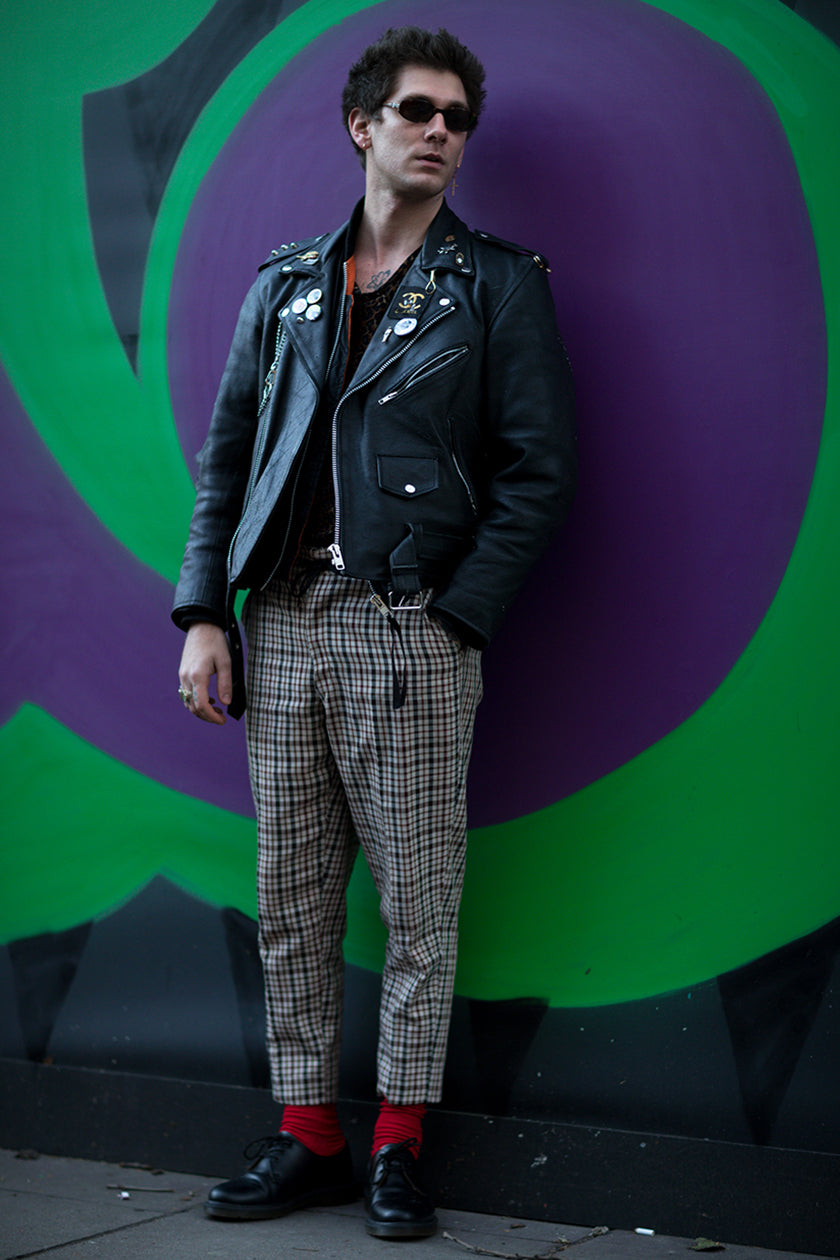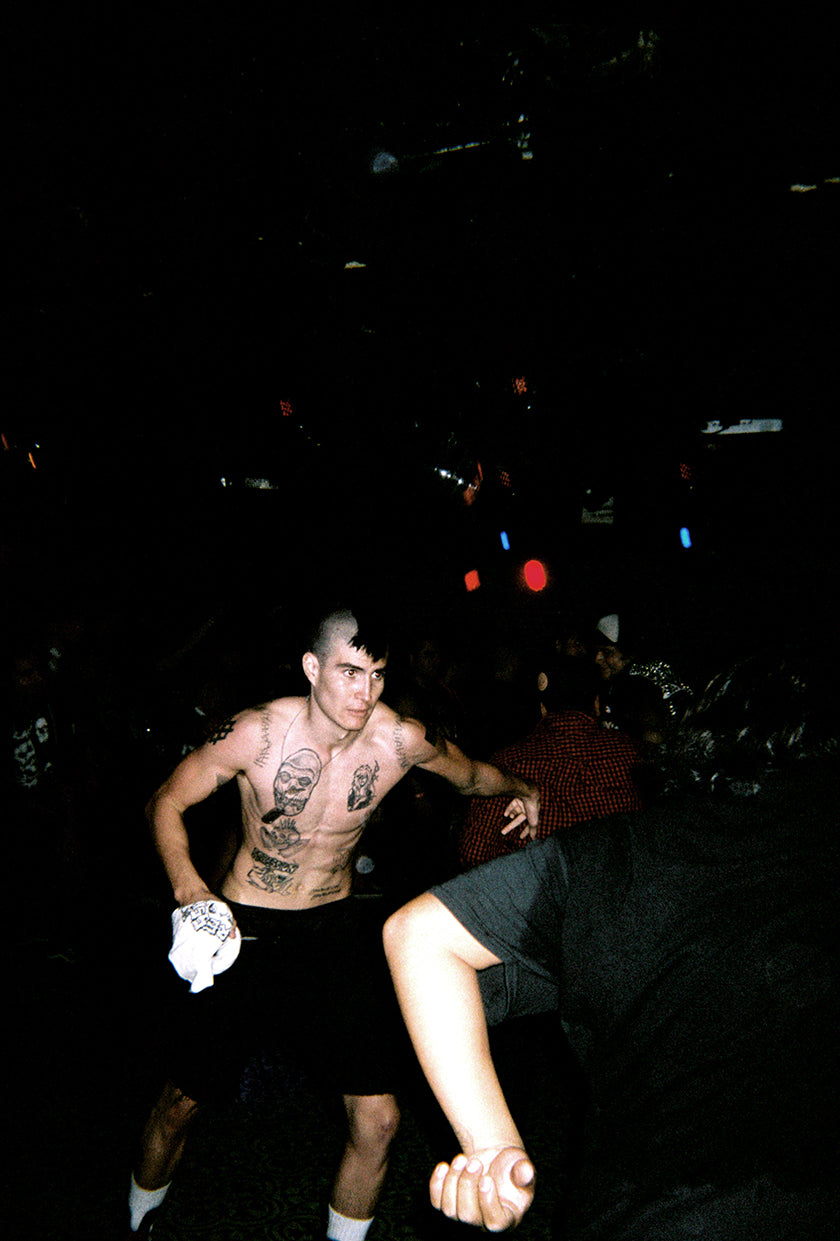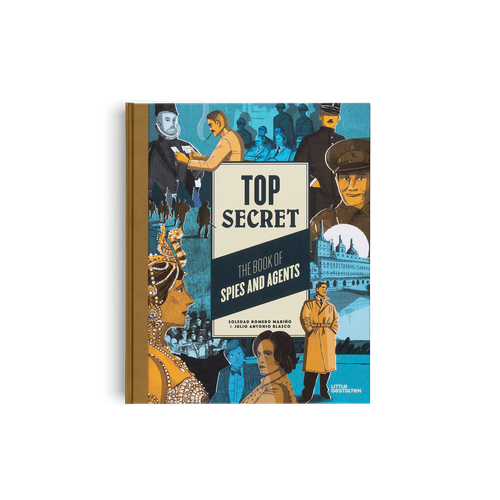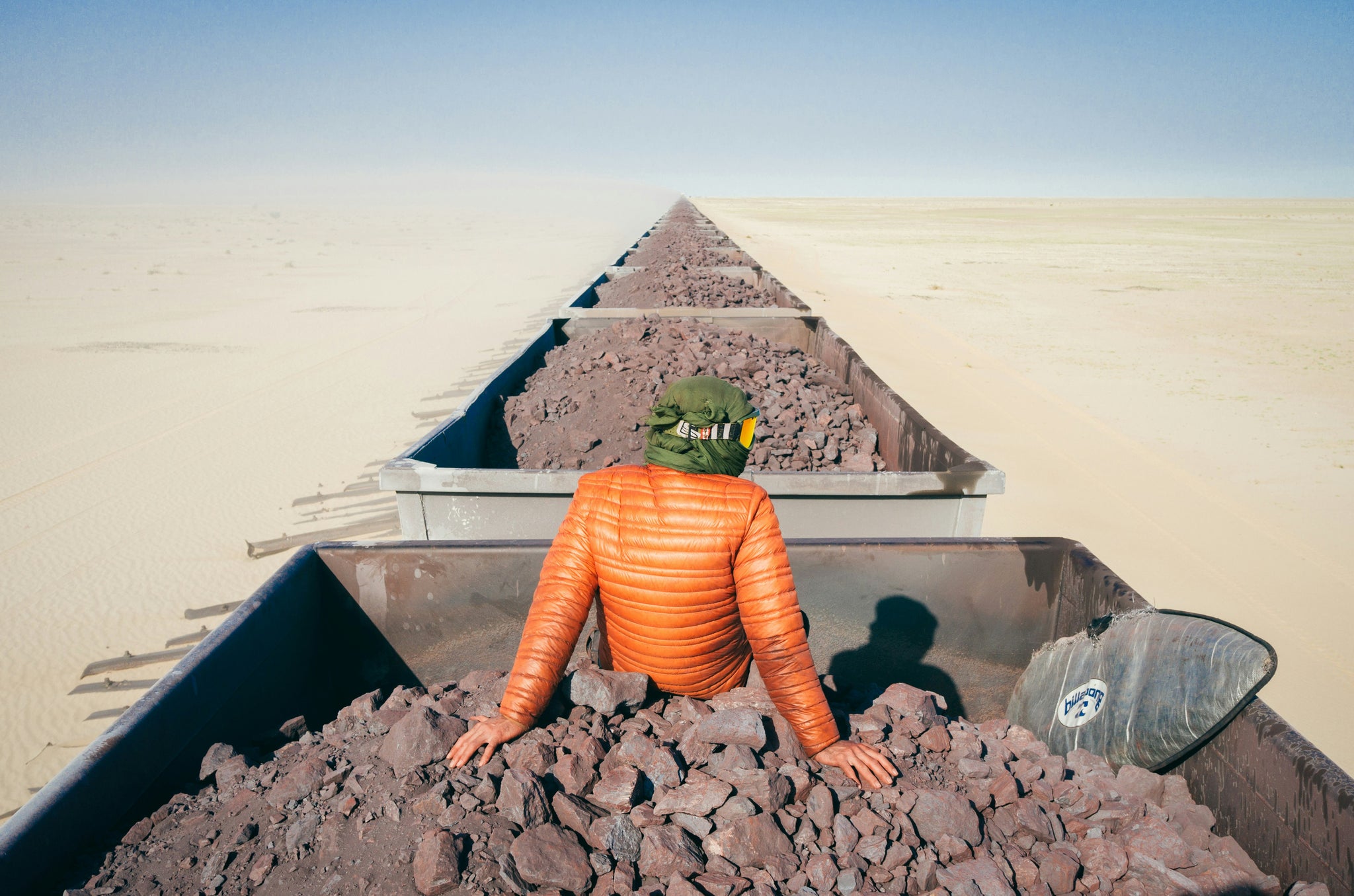
11/2018 visual culture
Given punk is still an important reference point for young streetwear brands, in 2018 the phrase, “punk fashion is fire," would most certainly have left someone’s lips somewhere within the four corners of the fashion world. However, in 2016 this was quite literally the case.
As a protest at how punk has been co-opted by the mainstream, Joe Corré, the son of Sex Pistols manager Malcolm McLaren and fashion icon Vivienne Westwood burnt $6.8 million dollars worth of punk memorabilia. The Agent Provocateur co-founder used effigies of politicians such as Theresa May, George Osborne, and David Cameron to cradle fireworks that exploded above the River Thames. Among the resulting ashes of anarchy lay the remains of old Seditionaries T-shirts and Sex Pistols flyers.
Punk’s nature to provoke has created some of youth culture’s most important uniforms that have gone on to influence numerous designers. It’s easy to forget the original ethos of the movement was ‘do-it-yourself‘
Angered by plans to mark 40 years of the subculture with a UK lottery supported program of events, gigs, and exhibitions called Punk London, Corré believed his bonfire was faithful to punk’s destructive mantra. “Punk was never, never meant to be nostalgic. Punk has become another marketing tool to sell you something you don’t need. The illusion of an alternative choice. Conformity in another uniform."
Punk ideology put an emphasis on authentic self-expression, shock styles and aggressive music with an anti-establishment bent. Its nature to provoke has created some of youth culture’s most important uniforms that have gone on to influence numerous designers. It’s easy to forget the original ethos of the movement was ‘do-it-yourself.'
Romanticized icons were rejected and soon after, The Sex Pistols arrived. Punk had evolved into a serious business
Born from a rejection of the elaborate over-indulgence of late 60’s and early 70’s rock, pioneering New York punk artists such as Suicide and The Ramones swapped velvet and sequins for worn Levi's and frayed leather jackets. Flamboyance gave way to reveal a raw anti-fashion, reflected by the holes in their jeans and an F-you attitude. The pantomime had ended, or had it?
By the time punk had made its way across the Atlantic to London, an element of thrift-shop glam had already peacocked its way into the scene thanks to the outrageousness of the New York Dolls and the high/low fashion mix of Blondie’s Debbie Harry. From their King’s Road boutique, SEX, Malcolm McLaren, and Vivienne Westwood took things a step further.

Tartan became part of the de-facto punk image thanks to Vivienne Westwood's UK influence. (Photo: Eva Losada)
By injecting more color, more zippers, and a dash of tartan, a look was born that was to become the de-facto uniform of 1970's British youth. Romanticized icons were rejected and soon after, The Sex Pistols arrived. Punk had evolved into a serious business.
Albeit amidst an unexpected commercial boom, the commoditization and marketing of the punk movement had well and truly begun. Joe Corré’s parents were at the heart of it, with his mother eventually taking it from the street to the catwalk.
Fashion is and always been about appropriation. As long as inspirations are credited and roots respected, things move along, providing the next person with a platform to express themselves as they wish
And who would have guessed how long-lasting this influence in fashion would be? Whether exploitation or homage, punk aesthetics are found around every corner. Skinny trousers, iconographic T-shirts, Dr. Martens, and anarchist symbolism continue to be an important reference for streetwear brands and fashion designers alike. With over 1 million Instagram followers, Vivienne Westwood certainly isn’t slowing down.
Today, culture is saturated. We live in an era in which we are overloaded with a never-ending barrage of new music and fashion that has undoubtedly diluted, dispersed, and quite possibly destroyed sub-cultures as they were known. What was local is now global and with that in mind, embracing the roots of something so impactful isn’t a bad thing. After all, the bottom line is that punk as an ideology is one that needs to be continued.

From the very beginning, punk was more of an ideology than a sound, or look. (Photo: Shane Gonzales)
Whether Corré likes it or not, punk is too strong to be forgotten about in one small spark of a lighter. Fashion is and always been about appropriation. As long as inspirations are credited and roots respected, things move along, providing the next person with a platform to express themselves as they wish.
Plus, the act of a middle-aged man burning millions of dollars worth of punk memorabilia whilst declaring the movement dead probably makes it more appealing to a younger generation anyway.
Read more about punk and its impact on streetwear brands in The Incomplete Highsnobiety Guide to Street Fashion and Culture












